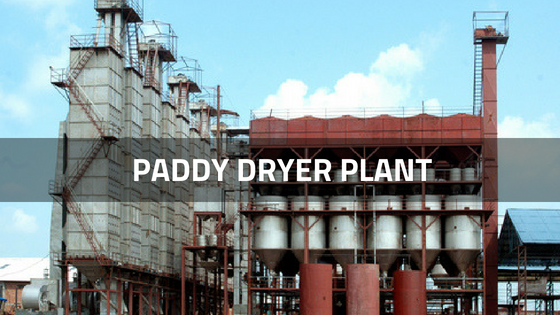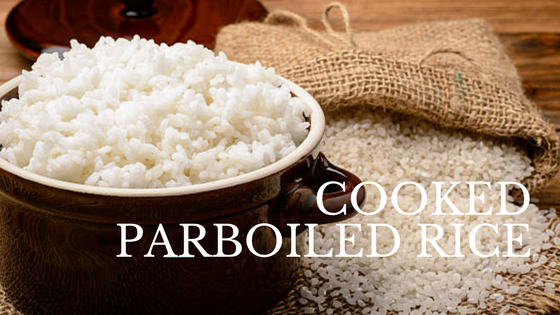Key Methods Of Paddy Drying To Ensure Proper Storage
Proper paddy drying results in reduced grain moisture content to the perfect level for good storage. Drying is the most important step after harvesting ensuring better quality of rice. As the rice gets harvested, it contains as much as 25 percent moisture. The grains can be discoloured, develop molds and become prone to pest attack during storage owing to high moisture content. This can also significantly reduce the rate of germination of the rice seed. And thus this is utmost important to dry the crop at the soonest after getting harvested – preferably within 24 hours. Incomplete drying, delayed drying or improper drying can reduce quality of the grain drastically while resulting in storage loss.

As it comes to paddy drying, there are basically two major drying methods – conventional and mechanical. The methods differ in their capacity and technological complexities.
1.Conventional Paddy Drying System
Conventional or traditional paddy drying though rare but is still practiced due to the ease of management and low cost associated. Traditional process is further divided in Solar Drying and Field Drying & Stacking.
Solar Drying
This process involves spreading of the paddy under sun on pavements and/or mats.
- Pavement drying – This process is usually adopted by the millers and grain collectors. This is a large-scale process of paddy drying. Paddy Dryer Plant has its own mechanical process of paddy drying.
- Mat drying – This process is mostly used for small to medium scale drying. The threshed grains are spread over nets, mats or canvas.
Field Drying & Stacking
This is a drying process for pre-drying hand-harvested paddy prior to threshing. This process takes place where the farmers cut the rice panicles and stack them in piles on top of the stubble. But this process is less recommended as it often leads to high losses as the grains become shattered due to over drying.

2.Mechanical Paddy Drying System
Mechanical Paddy Parboiling dryer removes moisture from wet crops by forcing heated air through the grain pile. The drying techniques and dryers used are as follows:
Heated Air Drying Technique
This ensures fast drying by means of high temperature. The process ends as the required moisture content gets reached. This entails use of the following dryers.
- Continual flow dryer – Though rarely used, it can handle huge volume of wet paddy.
- Batch dryer – Usually used by contractors, farmers and small millers.
- Re-circulating batch dryer – Usually used by commercial rice millers as well as large scale cooperatives.
Sun/Solar Drying Technique
This is the most updated technique that can be utilized even during rainy season. This is typically done through solar bubble dryer, which is often used by small farmers.
Low-Temperature Drying Technique
This process is being applied by controlling relative humidity instead of temperature to ensure that every grain layer reaches equilibrium moisture content.
These are just a few things related to paddy drying and Paddy Dryer. If you are in a business that requires you to deal with paddy farming, harvesting, and/or storing, you need to know the nitty-gritty discussed above.




